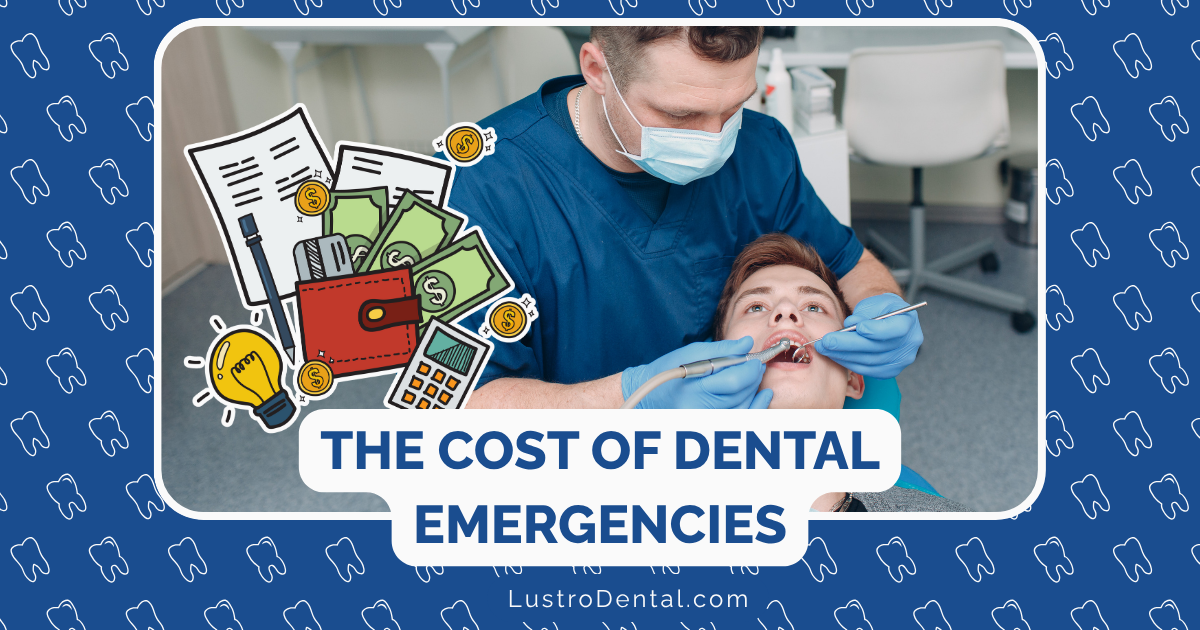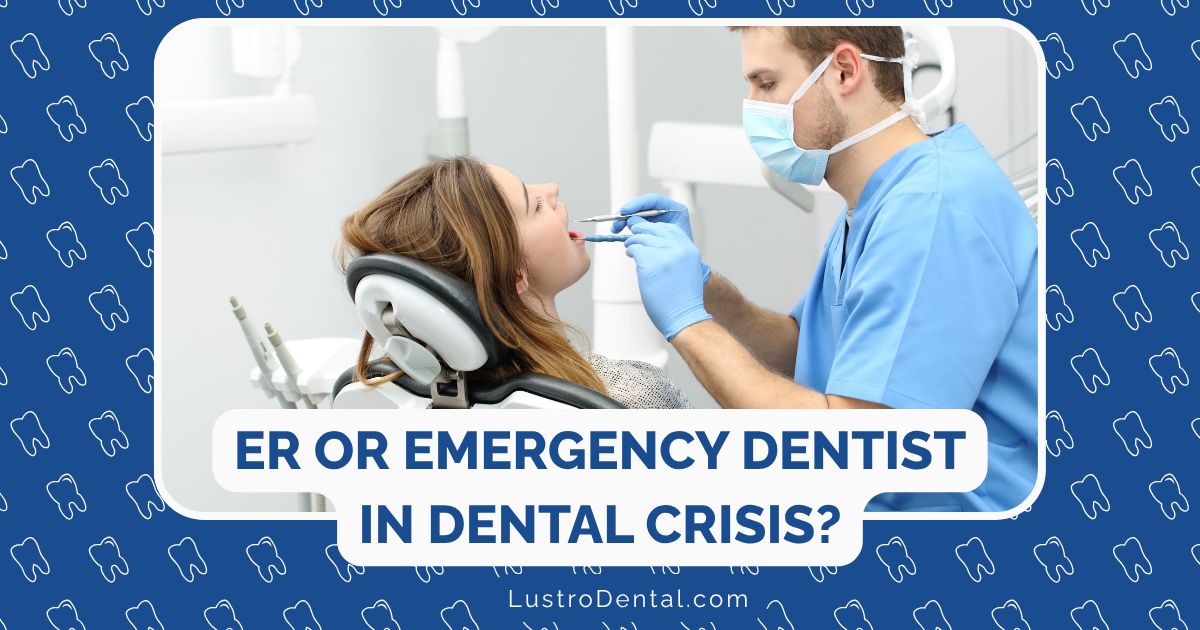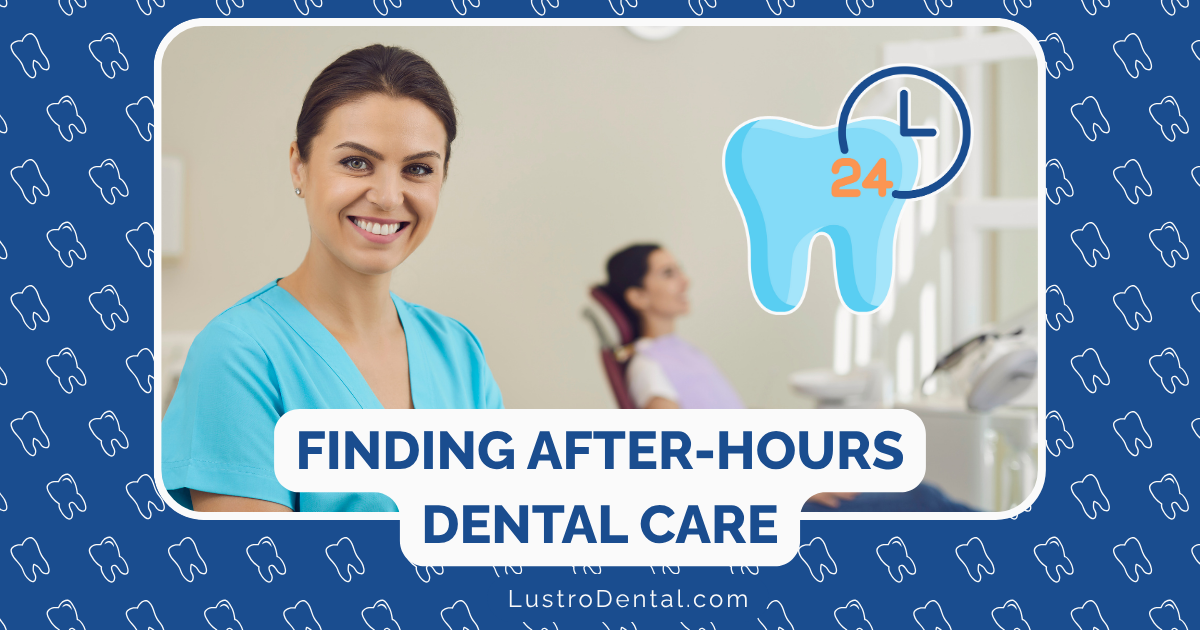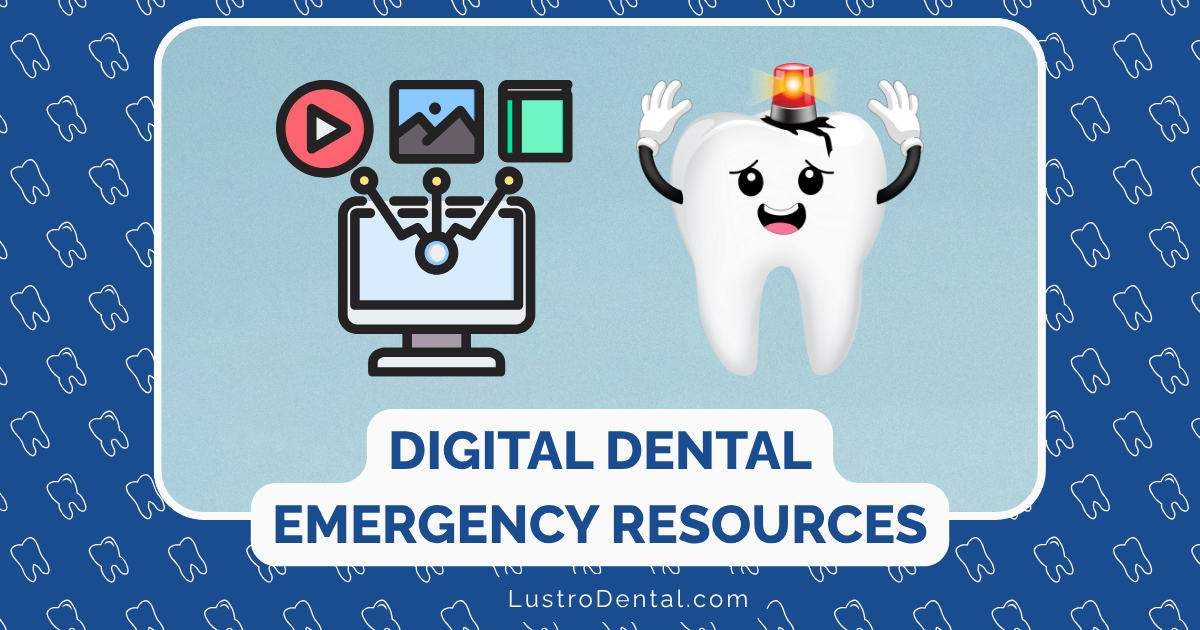Drainage and Treatment: The Process of Resolving a Dental Abscess
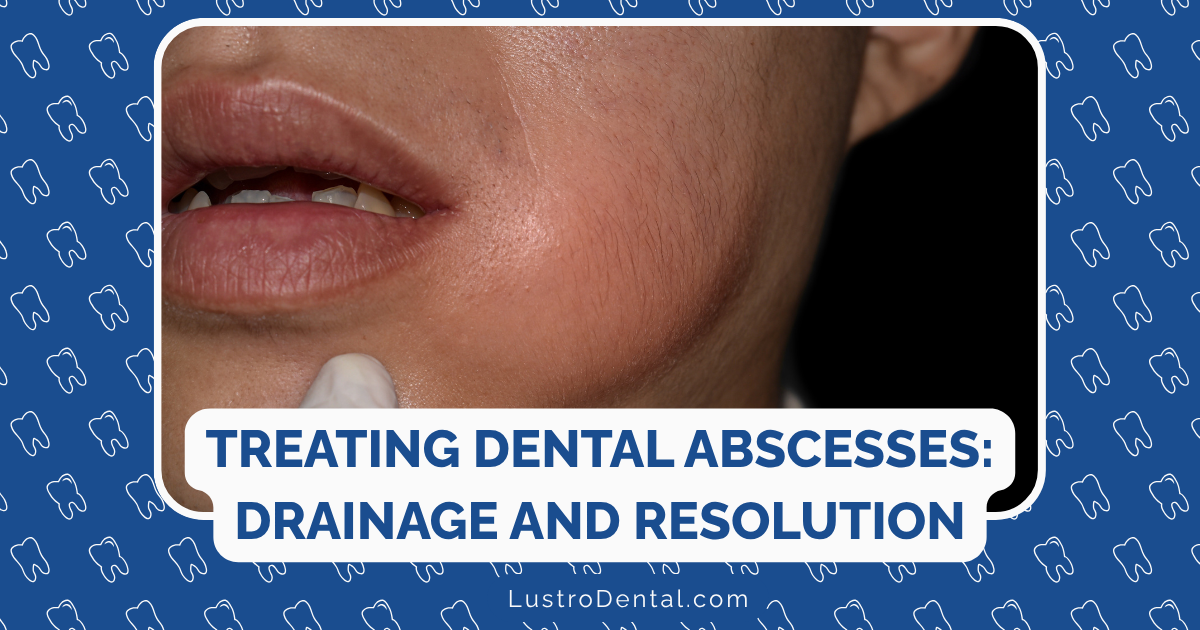
I still remember Mark, a patient who came into our office clutching his jaw, eyes watering from the pain of what turned out to be a severe dental abscess. “I’ve been putting this off for days,” he admitted. “I was scared of what might happen at the dentist.”
Mark’s fear is something I see regularly. The thought of having a dental abscess drained can trigger anxiety in even the bravest individuals. But understanding what happens during the treatment process can transform that fear into confidence—and more importantly, get you the relief you desperately need.
What Is a Dental Abscess?
Before we dive into treatment, let’s understand what we’re dealing with. A dental abscess is a pocket of pus that forms due to bacterial infection. Think of it as your body’s way of containing an infection, creating a barrier around the bacteria while your immune system tries to fight it off.
Dental abscesses typically form in three main locations:
- Periapical abscess: At the tip of a tooth’s root, often resulting from untreated decay that reaches the pulp
- Periodontal abscess: In the gum tissues alongside a tooth root, commonly associated with gum disease
- Pericoronitis: Around a partially erupted tooth, most often seen with wisdom teeth
Regardless of the type, the symptoms are hard to ignore: throbbing pain, facial swelling, sensitivity to temperature, bad taste in your mouth, fever, and sometimes difficulty swallowing or breathing if the infection spreads.
When Drainage Becomes Necessary
Your body may sometimes resolve very minor infections on its own, but dental abscesses almost always require professional intervention. According to the Mayo Clinic, the primary goal of treatment is to eliminate the infection completely.
You need drainage and treatment when you experience:
- Persistent, severe pain
- Visible swelling in your face or gums
- Fever
- Difficulty swallowing or breathing
- Pus discharge from the area
Don’t wait until these symptoms become severe. Early intervention means simpler treatment and faster recovery.
The Drainage Procedure: Step by Step
Let me walk you through exactly what happens during an abscess drainage procedure, so you’ll know what to expect if you ever need one:
1. Diagnosis and Assessment
Your dentist will first examine the area, likely take X-rays, and assess the extent of the infection. This helps determine the best approach for drainage and whether additional treatments like root canal therapy or extraction might be necessary.
2. Anesthesia Administration
Despite what many fear, the drainage procedure itself shouldn’t be painful. Your dentist will thoroughly numb the area with local anesthesia. If you’re particularly anxious, sedation options might also be available.
Dr. Parrella, a dental specialist, explains that ensuring patient comfort through proper anesthesia is a critical first step in the procedure.
3. Incision and Drainage
Once you’re comfortably numb, your dentist will:
- Make a small incision into the abscess
- Allow the pus to drain out (which immediately relieves pressure and often provides significant pain relief)
- Gently clean the area with sterile saline solution to remove any remaining infected material
For larger or more complex abscesses, your dentist might place a small rubber drain to keep the area open and allow continued drainage over the next few days. This drain is usually secured with a stitch and will be removed at a follow-up appointment.
4. Addressing the Root Cause
Drainage alone isn’t enough—the underlying cause must be treated to prevent recurrence. Depending on your situation, this might involve:
- Root canal therapy: To remove infected pulp tissue while saving the tooth
- Tooth extraction: If the tooth is too damaged to save
- Deep cleaning: For periodontal abscesses related to gum disease
- Antibiotics: Usually prescribed if the infection has spread beyond the immediate area
The Recovery Process: What to Expect
Recovery from a dental abscess drainage procedure happens in stages:
Immediate Post-Procedure (24-48 hours)
- Some bleeding and blood-tinged saliva is normal
- Swelling may temporarily increase before it improves
- Pain typically begins to subside, though complete relief takes time
According to Lehman & Menis Oral Surgery, it’s important to keep your head elevated with two to three pillows during the first couple of days to help reduce swelling.
Short-Term Recovery (3-7 days)
- Any drain placed during the procedure will likely be removed
- Antibiotics, if prescribed, should be taken for the full course
- Warm salt water rinses (1/2 teaspoon salt in 8 oz warm water) can be started around day 3
- Soft foods are recommended to avoid irritating the treatment area
Complete Healing (1-4 weeks)
- Dental Arts of South Florida notes that complete healing can take several weeks to months, depending on the severity of the infection
- Follow-up appointments will monitor your healing progress
- Gradual return to normal oral hygiene practices as directed by your dentist
Home Care During Recovery
To support healing and minimize discomfort:
- Take medications as prescribed
- Complete the full course of antibiotics even if symptoms improve
- Use pain relievers as recommended by your dentist
- Manage swelling
- Apply ice packs to your face for 20 minutes on, 20 minutes off during the first 24 hours
- Switch to warm compresses after 24 hours if recommended by your dentist
- Maintain gentle oral hygiene
- Continue brushing other teeth normally
- Avoid the treatment area initially, then clean gently as directed
- Use salt water rinses several times daily once permitted
- Watch your diet
- Start with cool liquids and soft foods
- Avoid extremely hot, spicy, or hard foods that could irritate the area
- Stay well-hydrated to support healing
- Rest and recover
- Limit physical activity for a few days
- Get plenty of sleep to support your immune system
- Avoid smoking and alcohol, which can delay healing
Warning Signs During Recovery
While some discomfort is expected during recovery, certain symptoms warrant immediate attention. Contact your dentist if you experience:
- Increasing pain after 2-3 days
- Worsening swelling after 2-3 days
- Fever that develops or persists
- Difficulty breathing or swallowing
- Spreading redness or warmth
- Excessive bleeding
- Reaction to prescribed medications
Prevention: Avoiding Future Abscesses
Once you’ve experienced a dental abscess, you’ll likely be motivated to prevent another one. Here’s how:
- Maintain excellent oral hygiene
- Brush twice daily with fluoride toothpaste
- Floss daily to remove bacteria between teeth
- Consider an antimicrobial mouthwash
- Keep regular dental appointments
- Professional cleanings remove buildup your brushing misses
- Early detection of problems prevents them from advancing to abscesses
- Address dental issues promptly
- Don’t ignore tooth pain or sensitivity
- Treat cavities before they reach the pulp
- Repair cracked or damaged teeth quickly
- Manage risk factors
- Control diabetes and other conditions that increase infection risk
- Quit smoking, which impairs healing and increases abscess risk
- Maintain a healthy diet low in sugary foods and drinks
Final Thoughts
A dental abscess is a serious condition that requires prompt professional treatment. While the thought of drainage might seem intimidating, remember that this procedure provides immediate relief and is the crucial first step toward healing.
Mark, the patient I mentioned earlier, was amazed at how quickly he felt better after his abscess was drained. “I wish I hadn’t waited so long,” he told me at his follow-up appointment. “The procedure wasn’t nearly as bad as I’d imagined, and the relief was almost immediate.”
If you’re experiencing symptoms of a dental abscess, don’t let fear keep you from seeking care. The discomfort of treatment is temporary, but the relief is lasting—and necessary to protect your overall health.
Have you experienced a dental abscess? What was your treatment experience like? Share your story in the comments to help others who might be facing similar situations.
Common Questions About Abscess Drainage
Is abscess drainage painful?
How long does the drainage procedure take?
Will the abscess come back after drainage?
How do I know if I need a root canal or extraction after drainage?
Disclaimer: This article provides general information about dental abscess treatment and is not intended as medical advice. Always consult with your dentist or healthcare provider for diagnosis and treatment of dental conditions.


